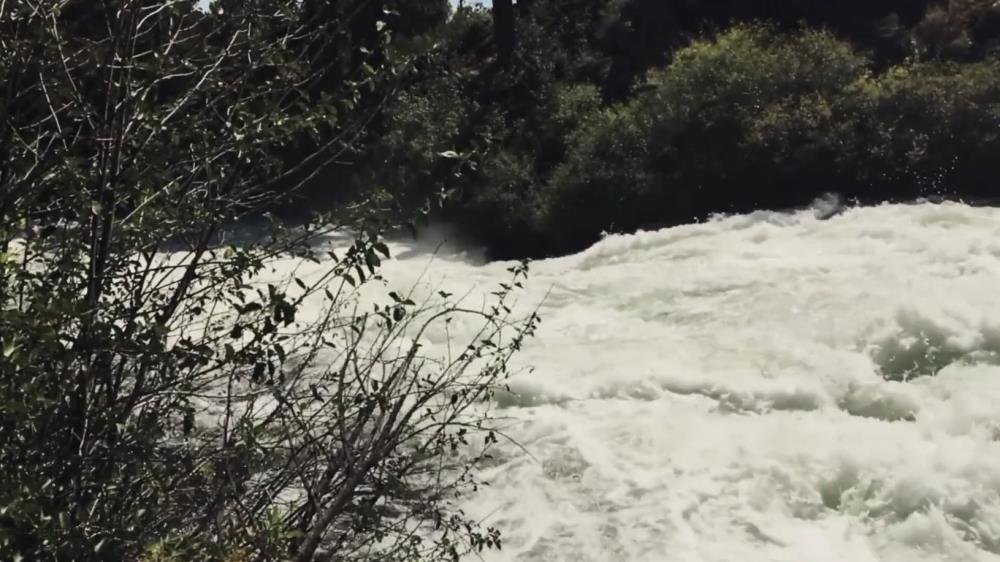
Related items loading ...
Section 1: Publication
Publication Type
Thesis
Authorship
Wallace, C.A.
Title
Drivers and Consequences of Alnus Alnobetula (Green Alder) Distribution at the Taiga-Tundra Ecotone of the Northwest Territories
Year
2022
Publication Outlet
Department of Geography and Environmental Studies, Wilfrid Laurier University. Supervisor: Dr. Jennifer Baltzer o Dissertation
DOI
ISBN
ISSN
Citation
Wallace, C.A. (2022). Department of Geography and Environmental Studies, Wilfrid Laurier University. Supervisor: Dr. Jennifer Baltzer o Dissertation: Drivers and consequences of Alnus alnobetula distribution in the taiga[1]tundra ecotone of the Northwest Territories.
https://scholars.wlu.ca/etd/2414
Abstract
Climate warming in the Arctic is occurring considerably faster than the global average. One of the most widespread biological responses to this warming in terrestrial systems has been a marked increase in the productivity of shrubby vegetation. Increased shrub growth and reproduction has the potential to alter both local and global aspects of ecosystem function, making understanding its drivers and environmental impact an important research priority. In this context, considerable research has focused on characterizing relationships between shrub cover, abiotic conditions, and understory communities. However, fewer studies have co-located measurements of these components simultaneously in undisturbed tundra shrub patches to support a comprehensive understanding of patch habitat relative to shrub-free tundra. In addition to differences between these landcover types, variation in the physical structure of patches has also been hypothesized to be an important predictor of abiotic and biotic response to shrub growth. Direct investigations of the ways in which physical attributes of shrub patches covary and affect spatial variation in environmental conditions are limited however. In order to predict the overall ecosystem impact on shrub expansion, it is also important to understand where on the landscape to expect new shrubs to appear. Several studies have suggested that observed heterogeneity in shrub expansion is driven by topographic resource gradients, though little work has been done to directly test the mechanisms behind fine-scale variability in recruitment patterns. One of the key species involved in shrub expansion has been Alnus alnobetula (Ehrhart) K. Koch (green alder). Because this species has the capacity to fix nitrogen from the atmosphere and is one of the taller of the tundra shrubs, it may have unique potential to influence the biotic and abiotic conditions of its local environment. Here I focus on the dynamics of green alder patches at the taiga-tundra ecotone of the Northwest Territories. This tall deciduous shrub species is used to address three primary research objectives: 1) Determine the effect of green alder shrub patches on abiotic conditions and understory community composition relative to alder-free tundra, 2) Investigate the controls over fine-scale variability of recruitment around green alder patches, and 3) Determine how variation in physical structure influences abiotic and understory conditions within and among patches. In this thesis I demonstrate that green alder patches in the Trail Valley Creek watershed support a distinct set of abiotic conditions and understory communities from adjacent alder-free tundra, with important implications for local hydrological patterns, nutrient cycling, and biodiversity. Recruitment in the vicinity of these patches is likely constrained in part by localized seed limitation rather than topographic resource gradients alone. I also found that variation in patch structure had a surprisingly limited impact on abiotic conditions, suggesting changes in density or height within these patches may be less important than expected. However, community composition varied among patches in relation to snow depth, and likely canopy complexity. Taken together these results improve our understanding of the environmental impacts of alder growth at the taiga-tundra ecotone and help us predict the impact future shrub expansion may have on ecosystem function.
Plain Language Summary
Section 2: Additional Information
Program Affiliations
Project Affiliations
Submitters
Publication Stage
N/A
Theme
Presentation Format
Additional Information
PhD, Wilfrid Laurier University, WLU Technical Team


 GWFNet
GWFNet Master
Master Data
Data Research
Research Map
Map
 Advanced
Advanced Tools
Tools
 . . .
. . .
 Metadata Editor
Metadata Editor
 Record List
Record List
 Alias List Editor
Alias List Editor
 Legacy sites
Legacy sites